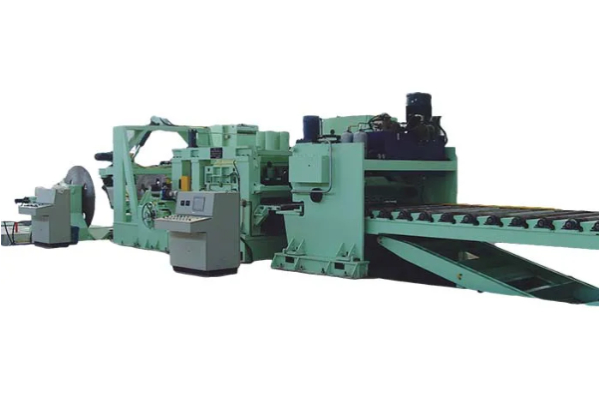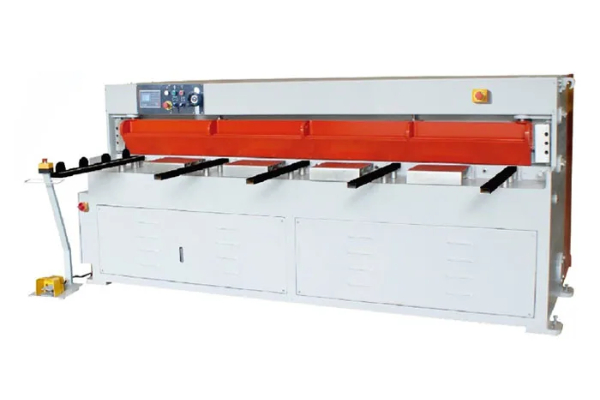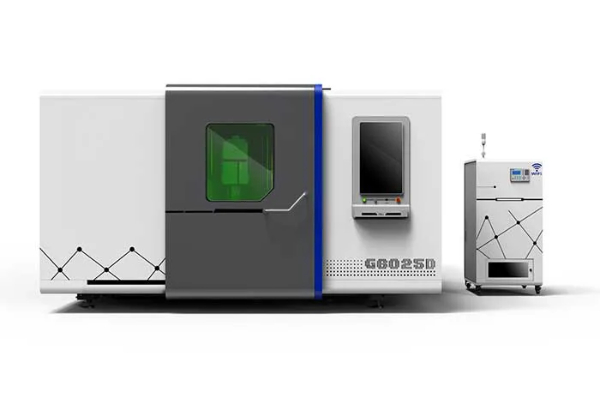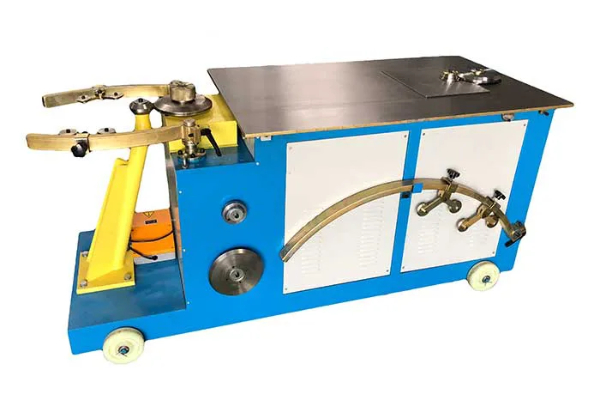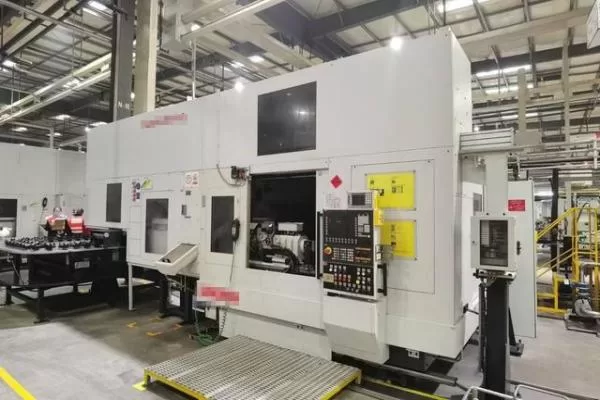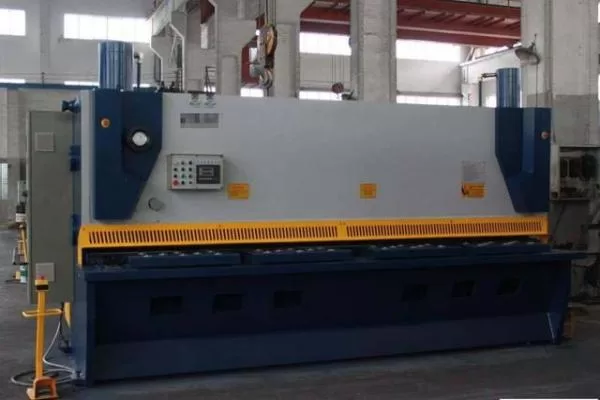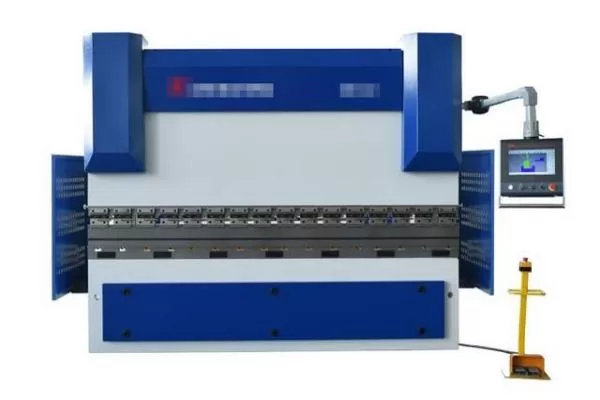
Slitting vs. Shearing- Understanding Steel Strip Cutting Mechanisms
- By:Metmac
- 2024-06-04
- 188
In the realm of steel fabrication, the choice between slitting and shearing plays a pivotal role in determining the efficiency and precision of strip cutting operations. This article delves into the fundamental differences between these two methods, providing valuable insights for industry professionals.
Principles of Operation
Slitting
– Involves passing the steel strip through a series of rotating knives or blades.
– Cuts the strip into narrow slivers with clean, burr-free edges.
– Generates minimal heat and does not affect the material’s properties.
Shearing
– Utilizes a vertically reciprocating blade to shear the strip.
– Produces cut edges that may exhibit some burrs or distortion.
– Generates significant heat and can impact the material’s microstructure.
Characteristics and Advantages
Slitting
– High Precision: Delivers precise cuts with minimal edge deformation.
– Continuous Cutting: Allows for continuous processing of long strips.
– Minimal Heat Generation: Preserves the material’s properties and prevents warping.
– Wide Range of Strip Thicknesses: Can handle a wide range of strip thicknesses, from thin sheets to thicker plates.
Shearing
– Low Initial Investment: Typically requires less initial investment compared to slitting equipment.
– Quick Setup: Relatively quick and easy to set up for different strip widths.
– Heavy-Duty Cutting: Can handle heavy gauge strips with high tensile strength.
– Versatility: Can also be used for other cutting applications, such as punching holes or shaping irregular shapes.
Applications
Slitting
– Ideal for applications requiring high precision and burr-free cuts.
– Used in industries such as automotive, aerospace, and electronics.
– Producing strips for stamping, forming, or welding operations.
Shearing
– Suitable for less precise applications or where burrs are acceptable.
– Common in construction, metalworking, and machinery manufacturing.
– Cutting structural steel, rebar, or sheet metal.
Considerations for Selection
The choice between slitting and shearing depends on several factors, including:
– Precision: Slitting offers higher precision than shearing.
– Burrs: Slitting produces burr-free edges, while shearing may result in some burrs.
– Material Thickness: Slitting is suitable for a wider range of thicknesses, while shearing is ideal for heavy gauge strips.
– Volume: Slitting is more efficient for large volumes of strip production.
– Cost: Shearing typically involves lower initial investment than slitting.
In conclusion, understanding the principles, characteristics, and applications of slitting versus shearing is crucial for selecting the most geeignete method for steel strip cutting. By considering the factors outlined above, manufacturers can optimize their operations, ensuring efficiency, precision, and cost-effectiveness.
-
Advanced Sheet Metal Rolling, Cutting, and Folding Machines for Efficient Fabrication
2025/10/22 -
High-Precision Sheet Metal Bending and Cutting Solutions for Modern Manufacturing
2025/10/22 -
High-Precision Solutions from Leading Sheet Metal Cutting Machine Manufacturers
2025/09/11 -
Reliable Sheet Metal Equipment for Sale to Support Precision Fabrication
2025/07/17
-
High-Performance Sheet Metal Equipment for Sale: Forming and Shearing Solutions for Modern Fabrication
2025/10/22 -
Precision and Performance: Advanced Sheet Metal Processing Solutions
2025/10/17 -
Advanced Sheet Metal Press, Shearing, and Forming Machines
2025/10/17 -
High-Performance Sheet Metal Laser Cutting Machines for Sale — Precision and Efficiency Combined
2025/10/17
-
A Guide to the Latest Innovations in Sheet Metal Folding Machines
2024/11/29 -
Key Features to Consider When Investing in a Sheet Metal Folding Machine
2024/11/28 -
Enhancing Precision with Advanced Sheet Metal Folding Machines
2024/11/27 -
How to Choose the Right Sheet Metal Folding Machine for Your Workshop
2024/11/26
